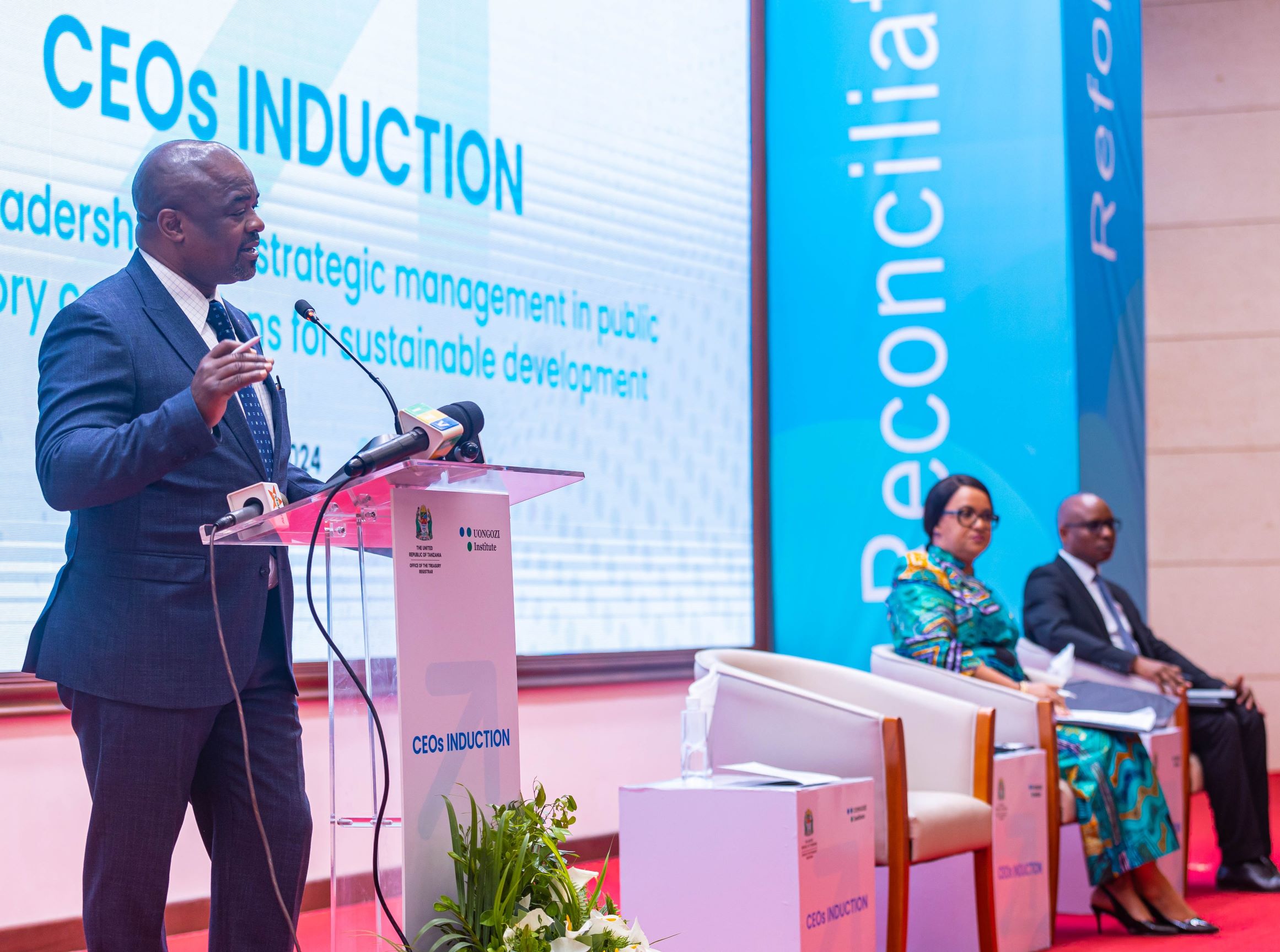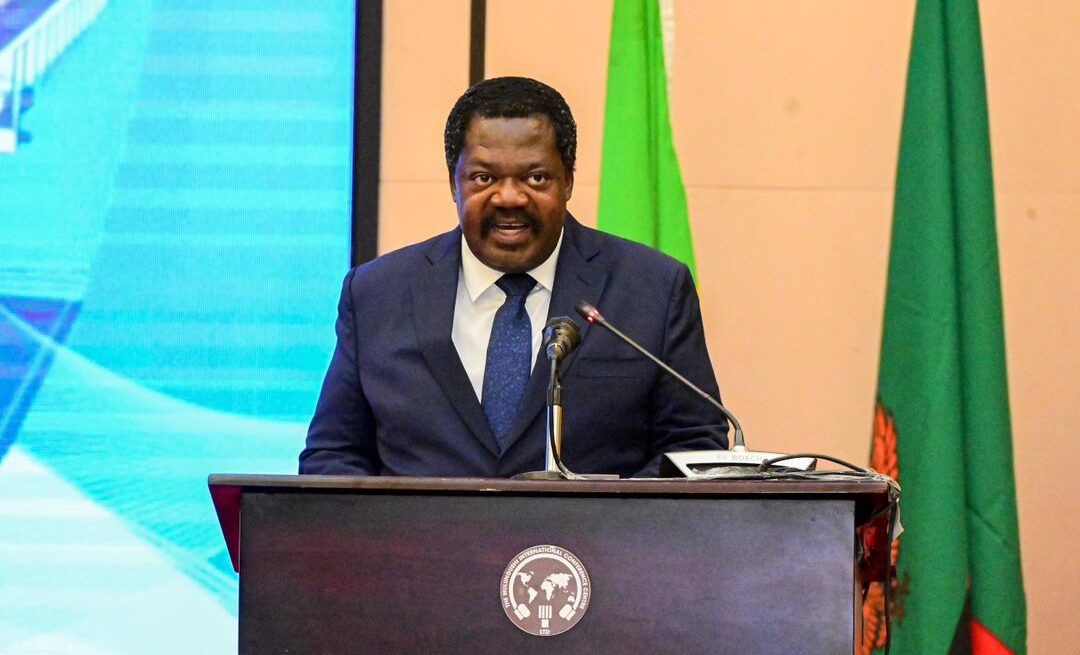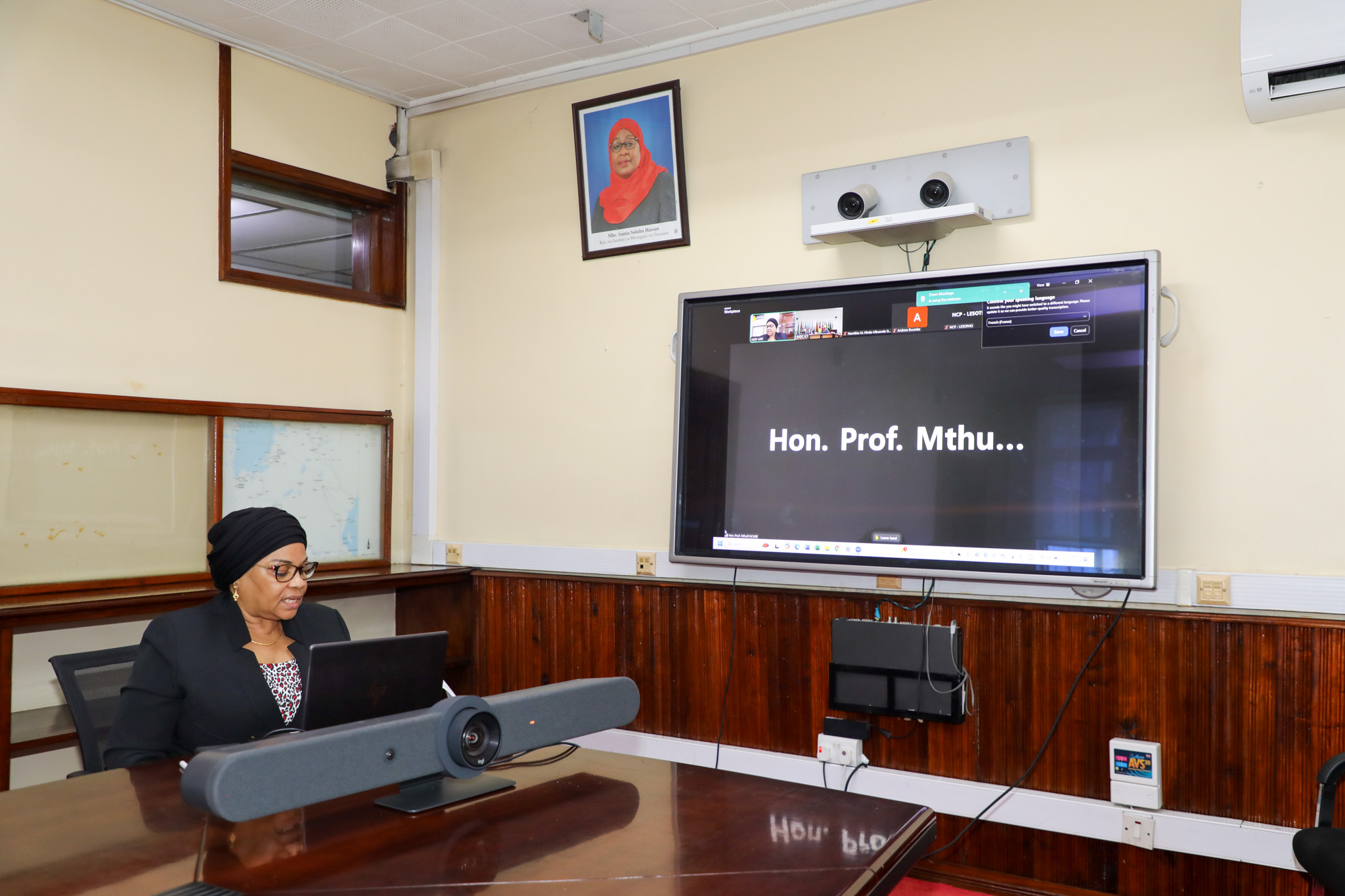London. Clean energy sources contributed 40.9 percent of the world’s electricity in 2024, driven by record growth in renewables led by solar power, according to a new report released by UK-based energy think tank Ember.
The Global Electricity Review 2025, published on Tuesday, marks 2024 as the first year since the 1940s that low-carbon sources generated more than 40 percent of global electricity.
At that time, however, the electricity system was significantly smaller—estimated to be around 50 times less than it is today.
Hydropower remained the single largest source of low-carbon electricity last year, accounting for 14.3 percent of global generation, followed by nuclear energy at 9.0 percent.
However, both sources are no longer expanding their share of the energy mix, with nuclear falling to its lowest proportion in 45 years.
Wind and solar energy continued their upward trend, with wind supplying 8.1 percent and solar 6.9 percent of global electricity in 2024.
For the first time, the combined generation from wind and solar surpassed that of hydropower.
The report noted that solar power is now the driving force behind the global energy transition, with 2024 witnessing record levels of solar generation and new capacity installations.
Ember Managing Director, Phil MacDonald, stated that solar power—when integrated with battery storage—is poised to become an “unstoppable force” in the global energy landscape.
Nevertheless, heightened electricity demand spurred by persistent heatwaves led to a modest rise in fossil fuel generation, pushing power sector emissions to an all-time high.
The report identifies two major trends expected to define the remainder of the decade: the exponential expansion of solar power and the sustained growth in electricity demand.
Tanzania’s energy shift
The developments outlined in the report resonate with the direction Tanzania is taking in its domestic energy sector.
The country is increasingly turning to renewable energy as a means of boosting access to reliable electricity, especially in underserved rural areas, while also reducing reliance on fossil fuels.
In February 2024, Tanzania commissioned the first turbine of the Julius Nyerere Hydropower Plant, located within the Selous Game Reserve—a UNESCO World Heritage Site.
By March 2025 all nine turbines at the JNHPP had already become operational, feeding 2115MW into the national grid.
The project has raised the grid’s total electricity capacity to 4,031.7 megawatts and could easily ease power shortages.
While environmental concerns have been raised due to its location, the government maintains that energy development will be pursued alongside environmental conservation.
Tanzania’s total installed power generation capacity stood at approximately 1,900 megawatts prior to the commissioning of the JNHPP projects, with natural gas accounting for nearly two-thirds of this.
Hydropower, however, remains a vital pillar of the national energy mix.
International players have also shown growing interest in the country’s renewable potential.
India’s Adani Group has identified Tanzania as a viable destination for hydroelectric investment, as part of its global plans to develop 10 gigawatts of overseas clean power.
This further underscores Tanzania’s strategic importance in the broader global and continental push towards decarbonisation.
On a continental scale, Africa is poised for a 278 percent increase in clean power capacity—well above the global average.
Yet, challenges remain, including the need for robust policy coordination, infrastructure development, and skilled labour.







